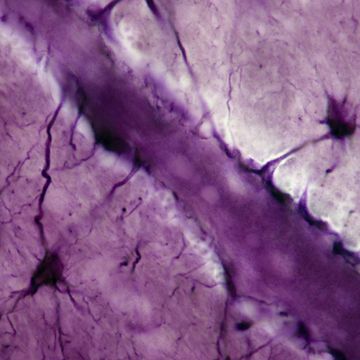- More than 90 percent of the microbes found in airplane sewage are resistant to at least one type of antibiotic.
- Infections that arise from antibiotic-resistant microbes can be extremely difficult to treat and even be deadly.
- Researchers say more care needs to be placed in containing and maintaining the sewage.
Ready for takeoff? So are antibiotic-resistant microbes.
Scientists tested airplane sewage from five different German airports and discovered it contained a significantly higher abundance and diversity of antibiotic-resistant microbes, compared to sewage tested at a nearby wastewater plant and even nearby hospitals, according to research published in the journal Environmental Science and Technology.
“This study clearly shows that the antibiotic-resistance problem is a global problem, and a global effort is necessary to tackle this severe threat for human and animal health,” microbiologist Stefanie Hess of Technische Universität Dresden in Germany told Science News.
About 90 percent of the 187 E. coli strains tested were resistant to at least one antibiotic, the study reports. That's compared to samples from waste treatment facilities, where 45 to 60 percent were found to be resistant to antibiotics.
The World Health Organization has labeled antibiotic resistance as one of the "biggest threats to global health, food security, and development today." Infections like strep throat, pneumonia, gonorrhea, and foodborne illnesses can be made worse and more difficult to treat as a result of antibiotic resistance.
Microbes develop resistance to medicines and treatments because of small changes to their DNA. They can transfer this resistance back and forth between other microbes they encounter.
Traditionally, hospitals have come under scrutiny for being a breeding ground for these antibiotic-resistant bacteria. The study's authors recommend that public health officials manage and treat sewage from airports much more carefully.
Jennifer Leman is a science journalist and senior features editor at Popular Mechanics, Runner's World, and Bicycling. A graduate of the Science Communication Program at UC Santa Cruz, her work has appeared in The Atlantic, Scientific American, Science News and Nature. Her favorite stories illuminate Earth's many wonders and hazards.













